Policy brief: How can Africa manage the transboundary climate risks it faces?
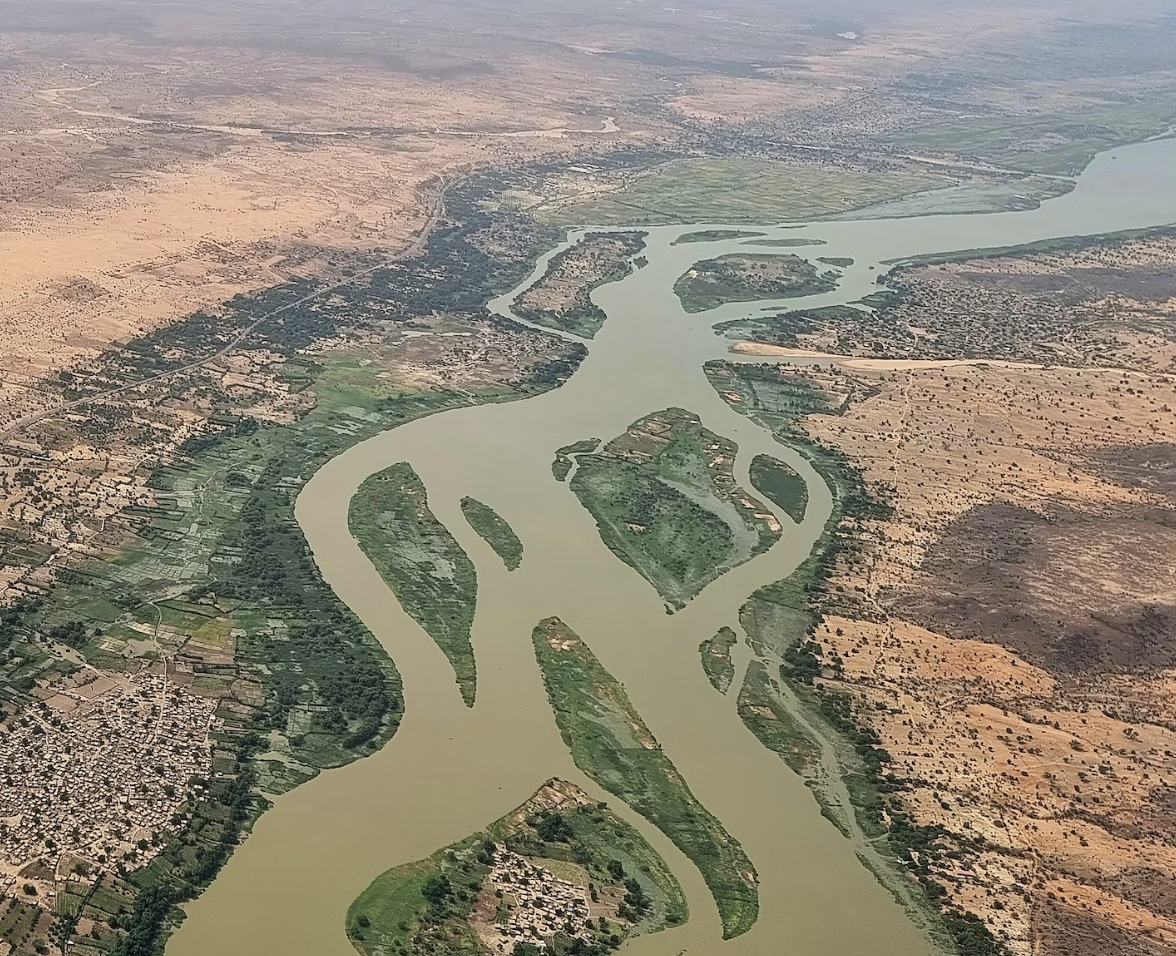
Introduction
In our interconnected world, the impacts of climate change, as well as the mitigation and adaptation actions taken in one or more countries, can generate risks to neighbouring countries, or cascade across regions and the wider world. These are ‘transboundary climate risks’ or TCRs. African policy makers are calling attention to the transboundary risks that can arise from mitigation and adaptation actions.
In keeping with the AU and the African Ministerial Conference on the Environment’s (AMCEN’s) calls to action and the Paris Agreement, this brief highlights five significant TCRs in Africa that urgently need consideration for management:
- biophysical (potential impacts on shared natural resources or the cross-border spread of livestock disease);
- financial (such as foreign direct investment in major infrastructure projects);
- trade (import and export of climate- sensitive goods like rice and implications for food security);
- people-centred (cross-border movement, ranging from displacement to transhumance); and
- geopolitical (regional cooperation on multi-country efforts like the Great Green Wall).
The authors draw on real examples from countries across Africa to show how TCRs, and the ways in which they are handled, create significant impacts for other countries. The brief provides some practical recommendations for how African regional economic communities and their Member States can work together to manage these risks, in keeping with existing climate policy frameworks and objectives.
This article is an abridged version of the original text, which can be downloaded from the right-hand column. Please access the original text for more detail, research purposes, full references, or to quote text.
Transboundary Climate Risks
(TCR 1) Trade: imports and food security
Food security under a changing climate, with growing populations and shifting diets, is a major concern globally. Within Africa, the IPCC estimates that ‘global warming above 2°C will result in yield reductions for staple crops across most of Africa compared to 2005 yields, even when considering adaptation options. At the same time, diets within various African countries are shifting away from traditional crop staples and increasingly relying on imported food. As demand for imports grow, so do TCRs to food security due to trade-climate risks in food commodities.
(TCR 2) Finance: foreign direct investment and infrastructure investments
A main aspiration of the Africa Agenda 2063 is ‘a prosperous Africa based on inclusive growth and sustainable development’ (AU, 2013). Infrastructure is critical to Africa’s economic development – whether for modernising agriculture and strengthening agricultural value chains, enhancing manufacturing or linking to global value chains and commodity exchanges.
Large-scale transportation, internet and telecommunications, electricity, water and sanitation infrastructure are financed by a number of lending institutions (e.g. the African Development Bank or the World Bank) and through bilateral agreements between countries (e.g. Ethiopia courting Chinese foreign direct investment [FDI] and FDI through the Belt and Road Initiative). Two major financial TCRs arising around infrastructure are that of sovereign debt and cascading regional economic losses, should such infrastructure be damaged or destroyed by a major climate extreme.
(TCR 3) Biophysical: water and energy security nexus
Water and energy resources in Africa have important transboundary dimensions. Direct climate risks to water supply cascade and trigger cross-border risks to energy generation, as southern Africa countries generate much of their electricity from rivers fed by transboundary river basins: the Zambezi River for Zambia and Mozambique and the Shire River/Lake Malawi partly supplied by Ruvuma and Songwe Rivers. Both local and cross-border prolonged drought have adversely affected regional power supply and escalated consumer costs.
(TCR 4) People-centred: transhumance
The Intergovernmental Authority on Development (IGAD) defines the Karamoja Cluster in Eastern Africa as a cross-border region covering an area of approximately 177,650 km2, spanning eastern Uganda (Karamoja sub-region), northwestern Kenya (Turkana and West Pokot counties), southwestern Ethiopia (multiple regional states) and southeastern South Sudan (Eastern Equitaoria state).
Pastoral livelihoods (with limited rainfed agriculture) dominate the area and are highly sensitive to and dependent upon climactic conditions; food security is inextricably linked with livelihood security. The increasing climate variability and prolonged droughts have prompted unprecedented cross-border movements, with pastoralists having to travel farther in search of natural resources.
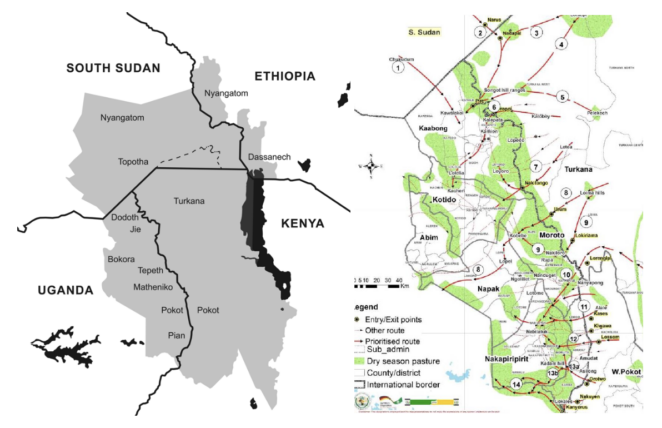
(TCR 5) Geopolitical: security challenges in cross-border livelihoods
Cattle rustling and armed conflicts are occurring across the Kenya-Uganda border of the Karamoja cluster. Cattle rustling is a traditional cultural practice to restock herds after outbreaks of disease or drought. Due to recurrent drought, cross-border conflicts among pastoralists are increasing and governments are taking action to reduce these.
Explore each of these transboundary climate risks in more detail on pages 4-8 of the brief.
Key Messages
-
The impacts of climate change, as well as the mitigation and adaptation actions taken in one or more countries, can generate risks to neighbouring countries or cascade across regions and the wider world. These are transboundary climate risks.
-
Transboundary climate risks have the potential to set back economic development gains, jeopardise trade and food security and impact infrastructure investments in Africa.
-
Growing populations and shifting diets are creating new dependence on food imports in Africa, which generates new transboundary climate risks for food security.
-
Foreign direct investment and infrastructure investments are a critical part of Africa’s green, sustainable development agenda, but infrastructure which is not resilient to climate change impacts is at risk of damage, poor performance or destruction. This raises a number of risks regarding debt and cascading regional economic losses as a result of disrupted connectivity.
-
Hydropower is responsible for the majority of Africa’s electricity generation, but climate impacts to water supply, such as prolonged drought, create issues for hydropower generation which can cascade and create trigger cross-border risks.
-
Transboundary climate risks call for greater cooperation and management between the African Union, regional economic communities and their Member States in areas such as trade, regional infrastructure and agriculture.
Recommendations
As has been demonstrated in this brief, a number of transboundary climate risks are already impacting Africa in areas related to trade and food security, water and energy and shared natural resources and conflict. New policies are not necessarily needed, as the African Union Climate Change and Resilient Development Strategy and Action Plan (2022-2032) already calls for enhancing coordination to address and manage transboundary and cascading climate risks. What is now needed are concrete actions toward implementing this objective. Towards this aim, we recommend that:
- The AUC, AUDA-NEPAD and partners should facilitate a pan-African transboundary climate risk assessment and publish a flagship report to profile its findings and recommendations.
- The AU Institutions and RECs, working with research and development partners, should develop transboundary climate risk indicators.
- AGNES, in collaboration with AUDA-NEPAD and partners, produce and pilot guidance on how to integrate transboundary and cascading climate risks into risk and vulnerability assessments and adaptation plans at local, national, regional and continental scales.
- The AU Institutions and RECs, with support from development partners, convene a knowledge exchange programme on transboundary and cascading climate risks in Africa.
- The IPCC National Focal Points, AGN, AGNES and other stakeholders identify Africa’s priority knowledge gaps on transboundary climate risks.
- The AU Institutions, AMCOMET, UNECA and other partner organisations design a data management plan to strengthen the capacity of researchers and policy makers to assess progress towards the indicators developed and the research needs identified.
View the recommendations in full on page 9 of the policy brief.
Suggested Citation:
Opitz-Stapleton, S., Joshua, M., Denje, T., Awolala, D., Auma, S., Benzie, M. and Harris, K. (2023). Policy Brief: How can Africa manage the transboundary climate risks it faces? SPARC.
Related resources
- An African perspective on transboundary and cascading climate risks
- The Global Transboundary Climate Risk Report
- Impacts of climate change on global food trade networks
- Questioning the scientific feasibility and policy relevance of assessing transboundary climate risks
- Pastoralism, farming and a changing climate in the Sahel region
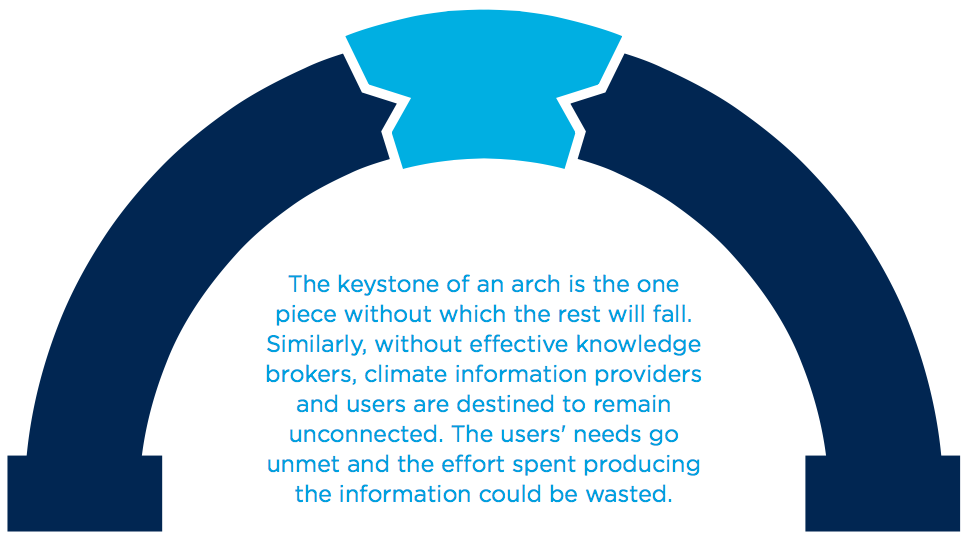
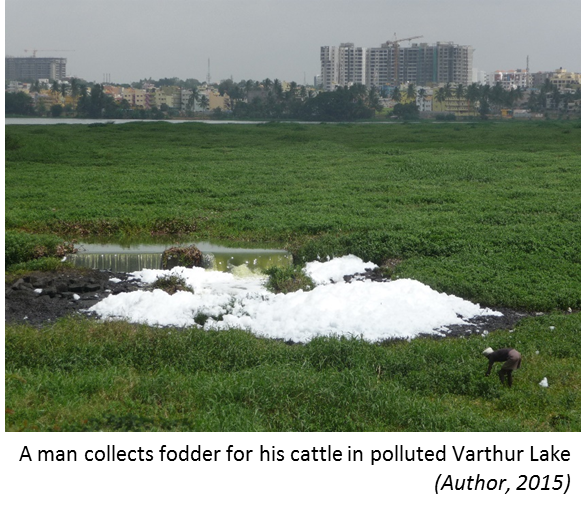
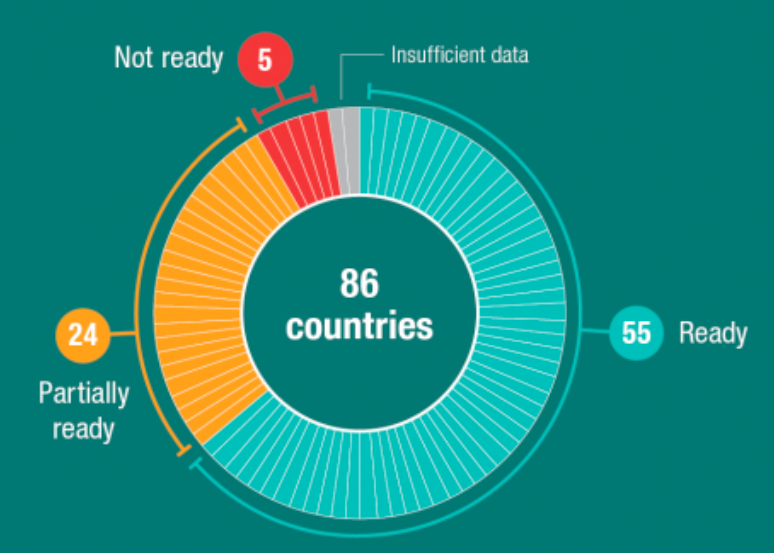

(1) Comment
Great resource, thank you for sharing!